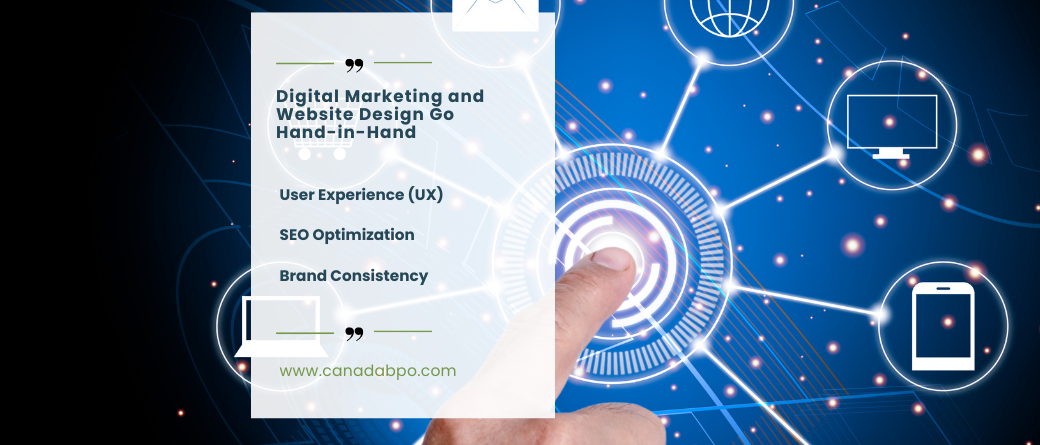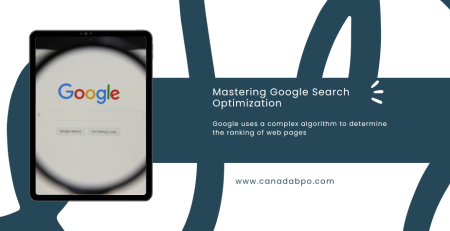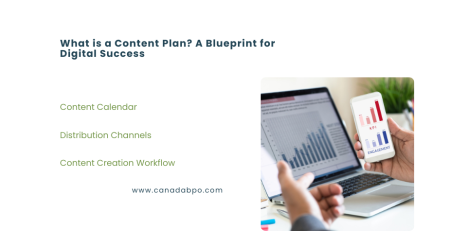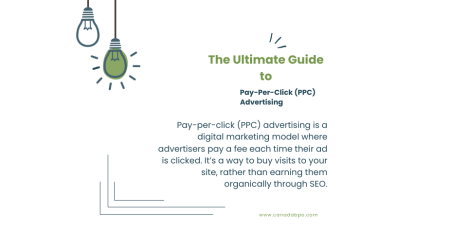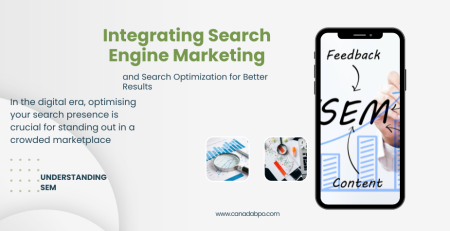Having a well-designed website is no longer optional for businesses—it’s essential. But a beautiful site alone won’t drive traffic, generate leads, or convert visitors into customers. That’s where digital marketing website design comes into play. By integrating effective digital marketing strategies into your website’s design from the start, you create a powerful online presence that attracts and engages your target audience.
In this post, we’ll explore why combining digital marketing with website design is crucial for success and how you can optimize your website to boost your marketing efforts.
Why Website Design Matters in Digital Marketing
Your website is often the first point of contact between your business and potential customers. It’s where visitors form their first impression, learn about your products or services, and ultimately decide whether to trust and engage with your brand. That’s why your website design is a critical factor in your overall digital marketing strategy.
Here’s how great website design impacts your digital marketing success:
- First Impressions Matter: Studies show that users form an opinion about your website within seconds of landing on it. A clean, modern design signals professionalism and trustworthiness, while a cluttered or outdated site can push potential customers away.
- User Experience (UX): Effective website design ensures that visitors can easily navigate your site, find the information they need, and complete desired actions—whether that’s signing up for a newsletter, making a purchase, or contacting your team. A seamless user experience keeps visitors engaged and encourages conversions.
- SEO Optimization: Good website design includes SEO best practices, such as fast page loading times, mobile responsiveness, and optimized on-page elements like meta tags and headers. This ensures that your site ranks well in search engines, making it easier for potential customers to find you.
- Brand Consistency: Your website should reflect your brand’s personality, tone, and values. Consistent branding across your site and digital marketing channels builds trust and recognition, helping your audience connect with your business on a deeper level.
Key Elements of Digital Marketing Website Design
When building or redesigning your website, it’s essential to think beyond aesthetics and incorporate key elements that support your digital marketing goals. Here are the top components to consider for a digital marketing website design:
1. SEO-Friendly Structure
Search engine optimization (SEO) should be built into your website from the ground up. An SEO-friendly site structure makes it easier for search engines to crawl and index your pages, helping you rank higher for relevant keywords.
Some SEO essentials include:
- Optimized URLs: Short, descriptive URLs that include primary keywords.
- Internal Linking: Strategically linking to other relevant pages on your site to improve navigation and boost page authority.
- Mobile Optimization: With the majority of users browsing on mobile devices, a responsive design is crucial for both user experience and SEO.
2. Conversion-Focused Design
Every page on your website should have a clear purpose and a goal to drive conversions. Whether it’s filling out a form, making a purchase, or signing up for a newsletter, your website design should guide users toward taking action.
Key conversion-focused elements include:
- Call-to-Action (CTA) Buttons: Bold, clear, and strategically placed CTAs that encourage visitors to take the next step.
- Lead Capture Forms: Simple, easy-to-use forms that collect essential information without overwhelming visitors.
- Trust Signals: Adding testimonials, client logos, and security badges to build trust and credibility with your audience.
3. Fast Loading Speeds
Slow websites lead to frustrated users and higher bounce rates. In fact, studies show that if a page takes longer than 3 seconds to load, 53% of visitors will leave. Fast loading speeds are also a ranking factor for search engines, making this a critical element of digital marketing website design.
To improve site speed:
- Optimize images and videos for web.
- Use a reliable hosting provider.
- Minimize the use of plugins and heavy code.
4. Integration with Digital Marketing Tools
Your website should integrate seamlessly with your digital marketing tools, such as email marketing platforms, analytics software, and social media accounts. This allows you to track visitor behavior, gather data, and engage with your audience across multiple channels.
Some important integrations include:
- Google Analytics: Monitor website traffic, user behavior, and conversion rates to gain insights and optimize your marketing strategies.
- Email Marketing: Integrate with tools like MailChimp or HubSpot to capture leads and nurture them with automated email campaigns.
- Social Media Links: Add social sharing buttons and links to your profiles to encourage visitors to engage with your brand across different platforms.
5. Content Management System (CMS)
A flexible and user-friendly CMS, such as WordPress or Shopify, makes it easy to update and manage your website’s content. Regularly adding new content, such as blog posts, case studies, or landing pages, is key to staying relevant in search engine rankings and engaging your audience.
Make sure your CMS allows for:
- Easy Content Updates: You should be able to quickly edit or add content without needing a developer.
- SEO Customization: Tools or plugins that let you edit meta descriptions, alt tags, and other SEO elements directly from the CMS.
- Content Scalability: As your business grows, you’ll want to expand your website. A scalable CMS ensures that adding new products, services, or pages won’t disrupt your site’s design or functionality.
How to Align Website Design with Your Digital Marketing Strategy
To fully leverage the benefits of digital marketing website design, you need to align your website’s design with your marketing strategy. Here’s how to make it happen:
- Identify Your Target Audience: Before designing your website, clearly define your audience’s needs, preferences, and pain points. Your website design should be tailored to their expectations and guide them toward conversions.
- Incorporate Your Sales Funnel: Every part of your website should align with your customer journey. Design landing pages that cater to different stages of the sales funnel, from awareness and consideration to conversion and retention.
- Optimize for Multi-Channel Marketing: Ensure your website supports multi-channel marketing efforts, from email campaigns to social media advertising. Landing pages and tracking pixels should be in place to maximize the effectiveness of these campaigns.
- Regularly Test and Optimize: Continually track your website’s performance using tools like Google Analytics, A/B testing, and heat maps. These insights will help you identify which elements of your design are driving the most conversions and which areas need improvement.
The Perfect Blend of Design and Digital Marketing
A website that looks good is only half the battle. To truly stand out in today’s competitive online landscape, your website design needs to integrate seamlessly with your digital marketing efforts. A digital marketing website design focuses not just on aesthetics, but also on user experience, SEO, and conversion optimization.
By choosing the right design and development strategies, you’ll create a website that not only attracts visitors but also turns them into loyal customers, driving long-term business growth.
At Canada BPO Services, we specialize in designing websites that are not only visually appealing but also optimized for digital marketing success. Contact us today to learn how we can create a website that drives real results for your business!
